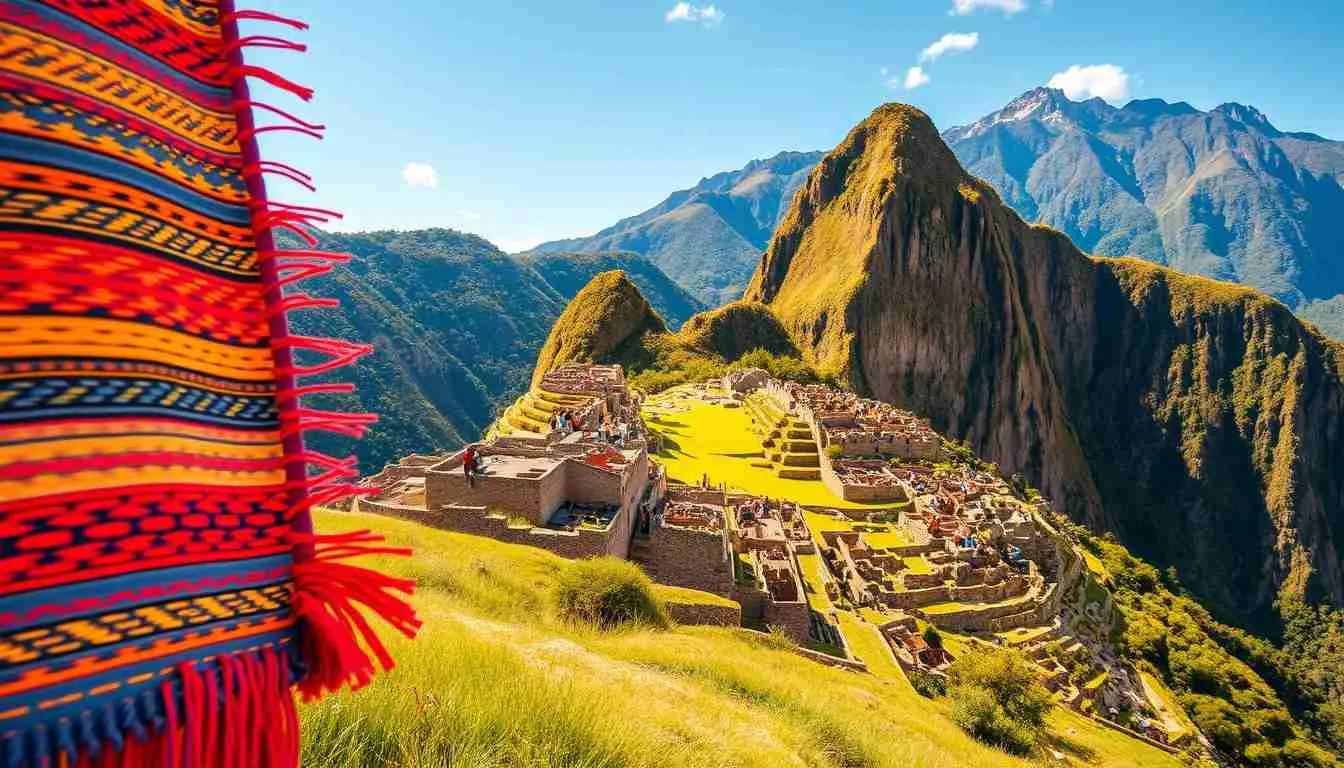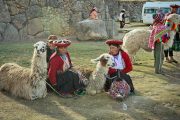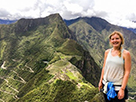Machu Picchu is best known for its stone architecture and stunning mountain views, but there’s another fascinating aspect of this ancient city—the Textile Art of Machu Picchu. Incan textiles tell powerful stories of culture, identity, and spirituality. They were more than clothing—they were symbols woven with meaning.
The Cultural Importance of Incan Textiles
Textiles played a central role in the Inca Empire. People wore them, traded them, and offered them to the gods. In fact, finely woven cloth was considered more valuable than gold. Designs reflected a person’s status, region, or role in society.
Inca weavers used cotton and wool from llamas, alpacas, and the prized vicuña. These materials allowed them to create durable, soft, and colorful fabrics that could withstand the high-altitude climate.
Weaving Techniques and Symbolic Designs
Using backstrap looms, Incan artisans produced intricate patterns full of geometric shapes, animals, and spiritual symbols. Each design had meaning, often tied to nature or the cosmos. The process was meticulous and passed down through generations.
Natural dyes made from plants, insects, and minerals gave the textiles their bold colors. Red often represented the sun god Inti, while other shades held their own sacred significance.
Discovering the Textile Art of Machu Picchu
While time and climate have erased most original fabrics, archaeologists have found textile fragments at Machu Picchu. These pieces reveal just how advanced Incan weaving really was. They show fine craftsmanship and complex symbolism, especially in items worn by nobles or used in rituals.
The Textile Art of Machu Picchu wasn’t just for decoration—it held ceremonial and social weight. Elite figures wore special garments during religious events, and textiles often served as sacred offerings to the gods.
Living Traditions Near Machu Picchu
Although the site itself holds few physical textiles today, nearby communities continue this artistic legacy. Villages like Ollantaytambo and Chinchero are home to skilled artisans who still use traditional techniques. Visiting these towns lets travelers see Andean weaving in action and buy authentic handmade pieces.
Visit Machu Picchu with PeruWays
Exploring Machu Picchu offers more than views and ruins. It connects you to centuries of artistic expression and cultural meaning woven by Incan hands.
Ready to experience this heritage in person? Book your tickets now at PeruWays.com. We make it easy to plan your visit to Machu Picchu and explore everything from its famous stonework to the hidden stories woven into its textile traditions.










Comment (0)